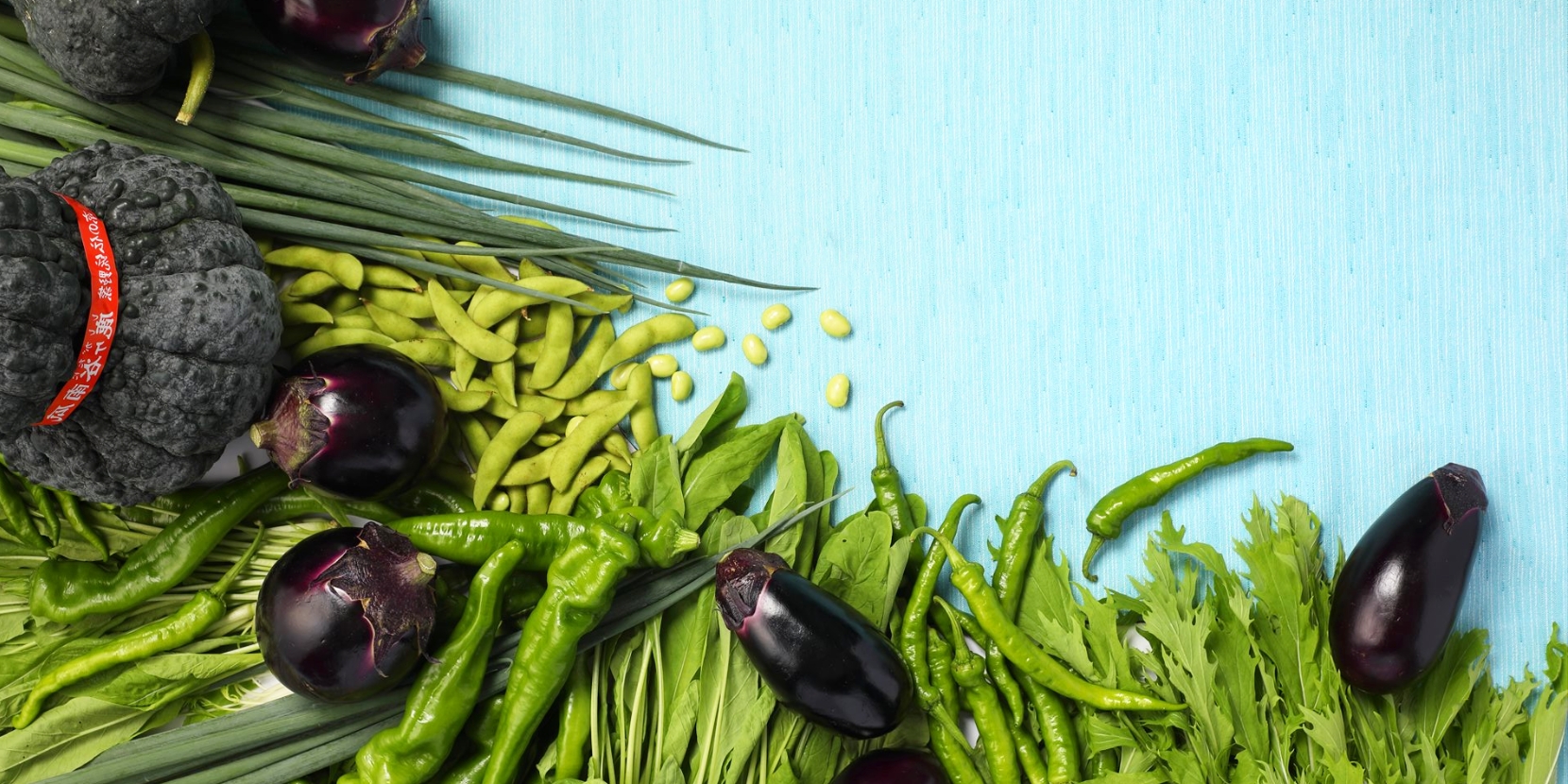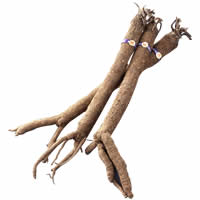京都府の農業

京のブランド産品
堀川ごぼう Horikawa Burdock 堀川牛蒡

京の伝統野菜にはユニ-クなものが多くありますが、堀川ごぼうはその最たるものの一つといえます。松の根っこのようなこのゴボウを見て、これが野菜と気付く人は少ないようです。 そのルーツは、豊臣秀吉が建てた「聚楽第」の堀に、豊臣氏滅亡後に、周辺の住民が野菜屑などを捨て、それが堆肥となって、一緒に捨てられたごぼうが芽を出して太くなり、これを見つけた農民が、2年ごしで栽培する「ごぼう」を考え出したのが始まりと言われています。 繊維が軟らかく、味が芯まで沁みわたる堀川ごぼうは、ビタミンCやミネラルが豊富で、血液を浄化する作用も持つスグレモノ。まさに、京の先人から現代人への贈り物といえます。
There are many unique things among the traditional Kyoto vegetables, however the Horikawa Burdock stands out as one of its best. Due to its similarity to pine roots, very few people recognize the burdock as a vegetable. Its roots are set in the moat of Jurakudai, built by Toyotomi Hideyoshi. After his death, the residents of the surroundings threw out their scraps of vegetables, becoming the compost for the burdock to grow thick. It is said that the farmers who found this, have come up with ideas to produce burdock within two years. The Horikawa burdock is a great product, with its soft fibre and flavor reaching all the way to the core. It is also rich in vitamin C and minerals, which has the effect of purifying the blood. Indeed, it can be said that the burdock is a gift from Kyoto’s ancestors to the modern people.
京都傳統蔬菜之中有許多特別的食材,堀川牛蒡便可說是其中之最。看起來宛如松樹根部一樣的牛蒡,似乎很少人會注意到這也是蔬菜。其根源據說是來自豐臣秀吉所建造的「聚樂第」護城河,在豐臣家滅亡之後,周邊的居民們在此丟棄蔬菜廚餘等,進而形成了堆肥,被一同丟棄的牛蒡因而冒出新芽,同點體型也變得更粗,農民們發現後,利用了2年的點間去種植栽培成「牛蒡」。堀川牛蒡的植物纖維柔軟好嚼,風味深深地滲透至芯部,含有豐富的維他命C及礦物質,有著淨化血液的功效,是相當優秀的出菜食材。更可以說是京都先民送給現代人的禮物呢。
